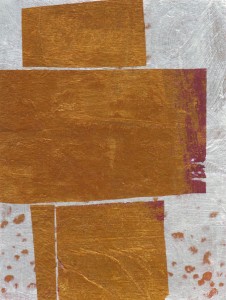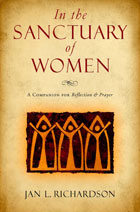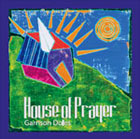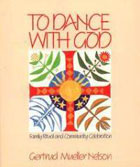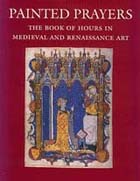Image: The Heavens Are Telling © Jan Richardson (click image to enlarge)
The heavens are telling the glory of God;
and the firmament proclaims God’s handiwork.
—Psalm 19.1
From a lectionary reading for Lent 3: Psalm 19
Reflection for Wednesday, March 7 (Day 13 of Lent)
Sojourner Truth, the famed preacher who was born into slavery in the Southern United States and later became a renowned orator and leader in the abolitionist movement, tells this story from her childhood:
“Ye see we was all brought over from Africa, father, an’ mother an’ I, an’ a lot more of us; an’ we was sold up an’ down, an’ hither an’ yon’; an’ I can ’member, when I was a little thing, not bigger than this ’ere,” pointing to her grandson, “how my ole mammy would sit out o’ doors in the evenin’, an’ look up at the stars an’ groan. She’d groan, an’ groan, an’ says I to her,
“‘Mammy, what makes you groan so?’
“An’ she’d say,
“‘Matter enough, chile! I’m groanin’ to think o’ my poor children: they don’t know where I be, an’ I don’t know where they be; they looks up at the stars, an’ I look up at the stars, but I can’t tell where they be.
“‘Now,’ she said, ‘chile, when you’re grown up, you may be sold away from your mother an’ all your old friends, an’ have great troubles come on ye; an’ when you has these troubles come on ye, ye jes’ go to God, an’ he’ll help ye.’
“An’ I says to her,
“‘Who is God, anyhow, mammy?’
“An’ says she,
“‘Why, chile, you jes’ look up dar. It’s him that made all dem!’”
Sojourner goes on to say that in those childhood days, she didn’t give much thought to God. Yet I like to think that it was on such nights as this that Sojourner began to learn the art of preaching. Sitting beneath the heavens with her mother who drew her gaze toward the skies, where the stars and planets moved in beauty and freedom, Sojourner began to listen to what the heavens were telling, and to absorb the ways that God proclaims God’s presence in creation. With the heavens embedded in her bones, Sojourner would come to know that the One who “made all dem” had also made her: she too was part of the handiwork of God, and the God who had made the heavens to move in freedom had called her to claim and proclaim that freedom for humanity.
In these days, how do we listen to what the heavens are telling, and the firmament proclaims?
The Sojourner Truth quotation is from Narrative of Sojourner Truth (Oxford University Press, 1991).
This reflection is part of the series Teach Me Your Paths: A Pilgrimage into Lent.
[To use the image “The Heavens Are Telling,” please visit this page at janrichardsonimages.com. Your use of janrichardsonimages.com helps make the ministry of The Painted Prayerbook possible. Thank you!]




